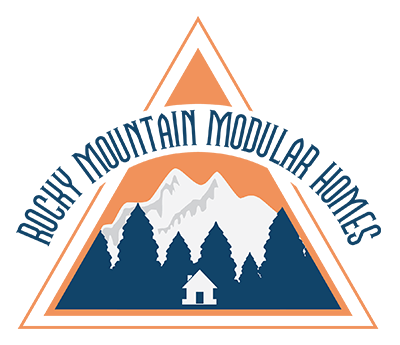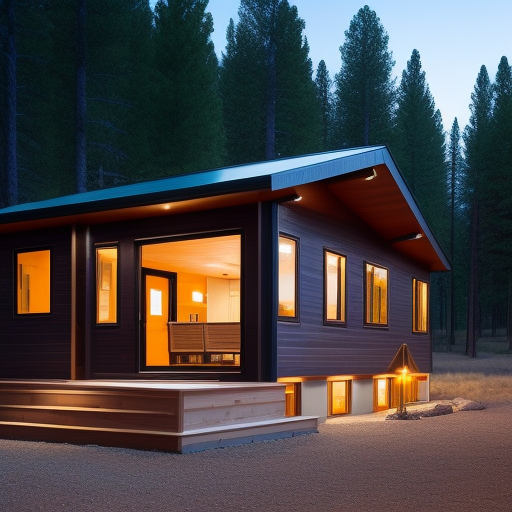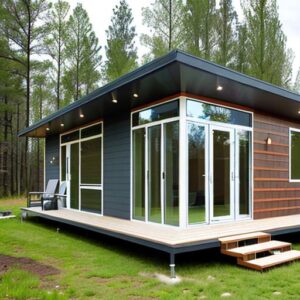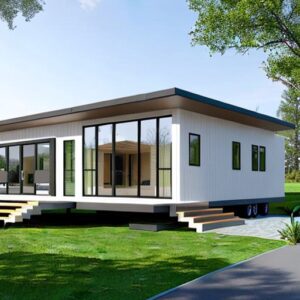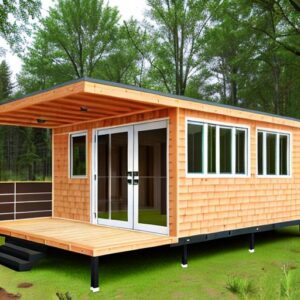First and foremost, a modular home is not a mobile home. A modular home is a type of prefabricated home that is constructed in a factory and transported to the site in sections, where it is assembled on a foundation. In contrast, a mobile home, also known as a manufactured home, is built on a steel chassis with wheels and axles, and is designed to be transported from one location to another.
Another significant difference between modular homes and mobile homes is their construction and building codes. Modular homes are built to the same building codes and standards as site-built homes and are subject to the same inspections and permitting requirements. In contrast, mobile homes are subject to a different set of building codes and standards, which are typically less stringent than those for site-built or modular homes.
Modular homes are also typically more customizable and can be designed to match a variety of architectural styles and specifications. In contrast, mobile homes are often limited in their customization options due to their construction and design limitations.
Finally, modular homes typically appreciate in value over time, similar to site-built homes, while mobile homes often depreciate in value. This is because modular homes are typically built to higher quality standards and are located on permanent foundations, which adds to their long-term value and resale potential.
Modular homes and mobile homes are two different types of prefabricated homes that are built to completely different building standards and regulations.
Modular homes are built off-site in a factory and transported to the site in sections, where they are assembled on a foundation. These homes are built to the same building codes and standards as site-built homes and are subject to the same inspections and permitting requirements. The building codes and regulations that apply to modular homes vary by state and locality, but they generally cover structural, mechanical, electrical, plumbing, and fire safety requirements.
For example, in Colorado, modular homes must comply with the state’s building code, which is based on the International Residential Code (IRC) and covers a wide range of construction standards, including foundations, framing, insulation, roofing, electrical, plumbing, and energy efficiency. Modular homes must also comply with the state’s zoning and land use regulations, which determine where and how the homes can be placed on the property.
Mobile homes, on the other hand, are built on a steel chassis with wheels and axles and are designed to be transported from one location to another. These homes are subject to a different set of building codes and standards, which are typically less stringent than those for site-built or modular homes. Mobile homes are regulated by the U.S. Department of Housing and Urban Development (HUD) and must comply with the federal Manufactured Home Construction and Safety Standards, also known as the HUD Code.
The HUD Code covers various aspects of mobile home construction, such as design and construction standards, structural requirements, electrical and plumbing systems, energy efficiency, and fire safety. The HUD Code also regulates the transport and installation of mobile homes, including requirements for anchoring, blocking, and leveling the homes on the site.
Banks and lending institutions treat financing a modular home differently than a mobile home due to the differences in building standards and regulations.
Modular homes are typically considered to be more similar to site-built homes, and therefore may be eligible for the same types of financing and mortgages as traditional homes. This means that borrowers may be able to obtain a conventional mortgage or a Federal Housing Administration (FHA) loan to finance the purchase of a modular home. Conventional mortgages are typically offered by banks and credit unions and may require a down payment of up to 20%, while FHA loans are insured by the federal government and may allow for a lower down payment.
In contrast, mobile homes are often treated as personal property, similar to cars or other vehicles, and may not be eligible for the same types of financing as modular homes or traditional homes. Lenders may require higher down payments, higher interest rates, and shorter loan terms for mobile homes, which can make them more difficult to finance.
One reason for this difference is that mobile homes are subject to different building codes and regulations than modular homes or traditional homes. The federal Manufactured Home Construction and Safety Standards (HUD Code) regulates the construction of mobile homes, and lenders may view these homes as less structurally sound and durable than modular or site-built homes. In addition, mobile homes are often placed on rented land or in mobile home parks, which can make them more difficult to resell or refinance.
Another reason for the difference in financing is that modular homes are typically considered real property, which means they are affixed to a permanent foundation and considered part of the land. This can make it easier for borrowers to obtain financing, as the home is seen as a more permanent and valuable asset.
